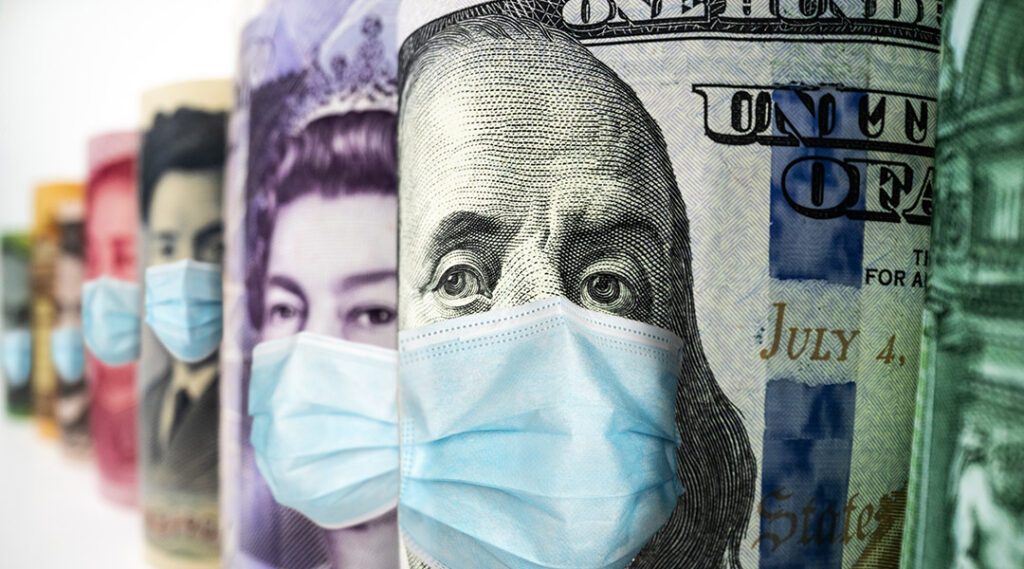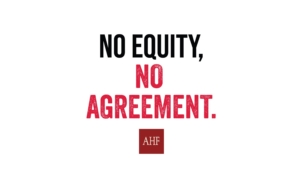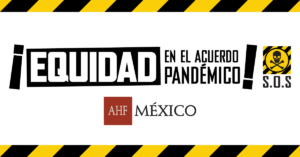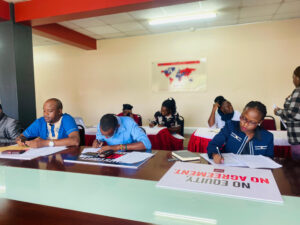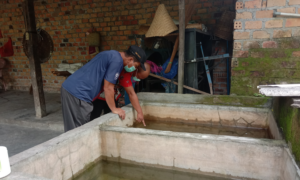The COVID-19 pandemic has had a profound impact on a global scale, causing irreparable loss of millions of lives, and immense economic damage. The urgent need to prevent, detect, and respond to future pandemics has become evident. However, the funding required for effective pandemic preparedness and response (PPR) remains a subject of significant disparity and lack of consensus.
Varying estimates from global leaders and experts have hindered progress in developing a comprehensive PPR system. Establishing a standardized methodology, improving data tracking, and increasing financing are crucial for effectively preventing, preparing for, and responding to future pandemics. Through global collaboration and clear commitments, it is possible to build up a resilient global health system.
The Need for Adequate Funding
In low- and middle-income countries (LMICs), limited funding for PPR creates gaps in pandemic prevention, detection, and response capabilities. These nations lack resources for robust healthcare systems, early detection mechanisms, well-equipped labs, skilled healthcare professionals, and effective emergency communication. This results in inadequate infrastructure, technology, and training.
Insufficient funding adversely impacts outbreak detection and containment, causing rapid transmission and higher morbidity and mortality. Additionally, it also impedes access to diagnostic tools, therapies, and vaccines, hindering response effectiveness.
To tackle these challenges, urgent funding is necessary for PPR in LMICs. This funding should encompass robust healthcare system development, laboratory capacity strengthening, healthcare worker training, and emergency response improvement. Adequate funding facilitates early warning system establishment, essential medical supply stockpiling, surveillance enhancement, and effective public health measures implementation.
Investing in PPR proves cost-effective in the long run, preventing catastrophic pandemic consequences. It saves lives, protecting economies, and enhancing global health security. It contributes to a more resilient and prepared global health system. A system capable of effectively responding to future pandemics while minimizing their impact.
The World Bank Pandemic Fund
Recognizing the pressing need for increased PPR funding in LMICs, the World Bank initiated the Pandemic Fund. This intermediary fund’s goal is to boost PPR capacities on national, regional, and global scales. The fund supplements existing World Bank funding and technical assistance. It harnesses WHO’s expertise, and acts as a coordination, advocacy, and resource mobilization platform.
The Pandemic Fund gained substantial international community support, with significant financial commitments announced. Contributions came from nations like the United States, the European Union, Germany, the United Kingdom, Singapore, and organizations such as the Gates Foundation and the Wellcome Trust.
The Road Ahead
These commitments reflect a shared recognition of the importance of robust PPR capacities and the need for global collaboration.The primary goal of the Pandemic Fund is to address critical gaps in pandemic PPR by providing financing for key areas, including disease surveillance, laboratory systems, health workforce, emergency communication and management, and community engagement. It also aims to strengthen regional and global capacity. By supporting data sharing, regulatory harmonization, and coordinated development, procurement, distribution, and deployment of countermeasures and essential medical supplies.
Collaboration between the World Bank and WHO is instrumental in shaping the Fund’s scope and design. The Bank and WHO, along with donors and partners, are developing detailed plans for the Fund, taking into account stakeholder inputs. The Fund’s structure emphasizes inclusivity, agility, transparency, and accountability.
Funding Commitments
Yet funding the Fund remains a significant challenge. Although the establishment of the ambitious Pandemic Fund by the World Bank and various pledges from donors, the available funds fall far short of the estimated annual gap in PPR donor requirements.
The Pandemic Fund has raised approximately $2 billion to date, including a recent pledge of $250 million from the United States. While these commitments are valuable, they are significantly inadequate compared to the estimated annual gap of $10.5 billion in donor requirements. The Fund’s current available funding of $300-350 million for the first round. This is minuscule compared to the $2.5 billion requested by 129 LMICs.The negotiations over the World Health Organization (WHO) Pandemic Accord and amendments to the International Health Regulations also highlight the challenges in securing funding commitments.
Feasability of Commitments
The draft treaty emphasizes voluntary options for financing, raising questions about the realistic feasibility of filling the fund. Additionally, certain obligations of state parties to allocate domestic resources and a percentage of GDP to international cooperation for PPPR have been diluted. Signaling a lack of strong commitments from some countries.

One promising financing option under consideration is the conversion of a portion of countries’ debt repayment installments into investments for pandemic preparedness. This creative approach could redirect resources from debt burdens towards health investments. However, debt burdens have increased in low-income countries due to the pandemic, hindering their ability to recover, rebuild capacities, and allocate resources to the health sector. Despite these challenges, there are some positive signals.
The approval of a historic 20% increase in member states’ assessed contributions to the WHO’s budget at the 76th World Health Assembly provides hope for a more predictable and sustainable financial model. Although these funds are not specifically allocated for PPPR, they lay the groundwork for strengthening the WHO’s role and capacities in the domain.
Conclusion
The critical need for funding the Pandemic Fund for PPR in LMICs cannot be overstated. By all means, adequate financing is essential to strengthen healthcare systems, enhance surveillance efforts, and build capacity for effective pandemic prevention and response. The World Bank’s Pandemic Fund, along with international collaboration and commitment, offers a promising pathway to bridge the funding gap and ensure a resilient global health system. By investing in PPR, the global community can mitigate the devastating impact of future pandemics and safeguard the health and well-being of populations worldwide.
